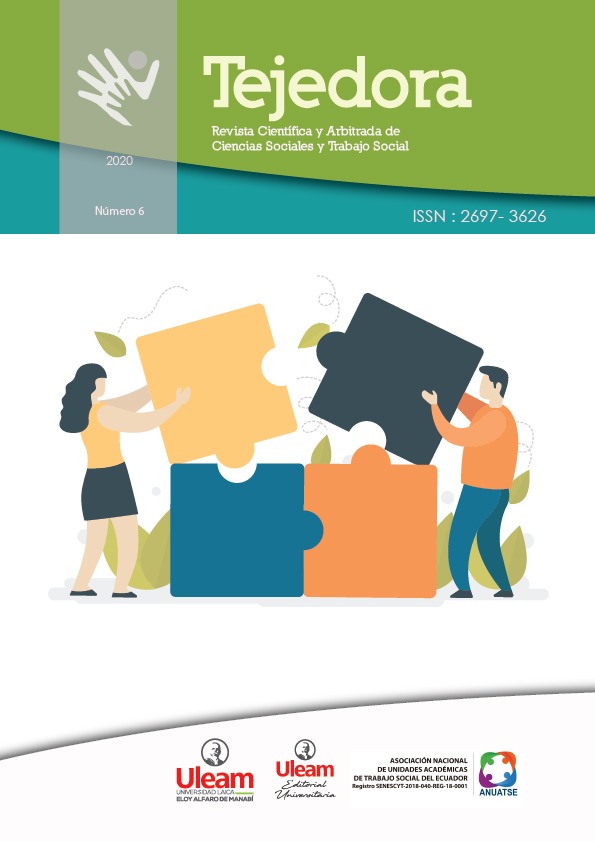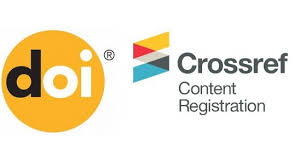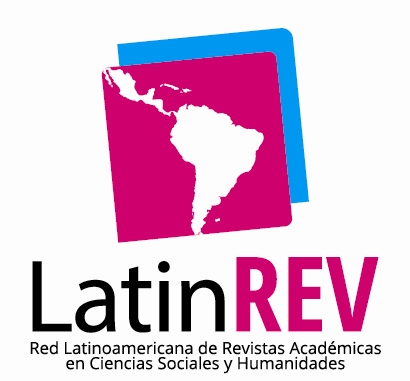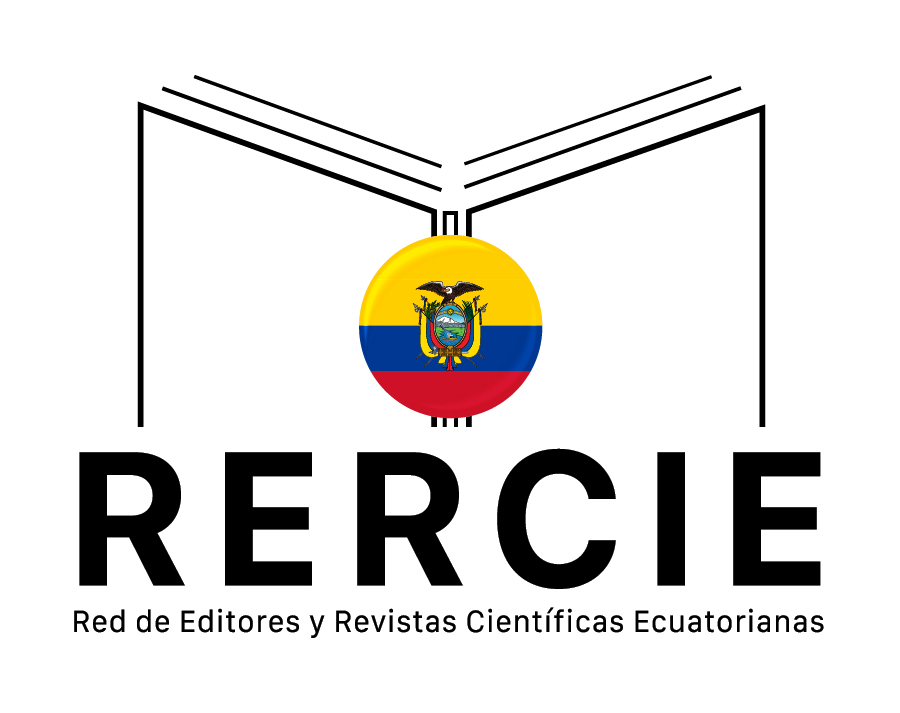EARLY AND INCLUSIVE STIMULATION OF PERCEPTUAL INTEGRATION IN PRESCHOOL II CHILDREN FROM RURAL AREAS
DOI:
https://doi.org/10.56124/tj.v7i13ep.014Keywords:
perceptual integration, early stimulation, initial teaching, rural areas, inclusionAbstract
Perceptual integration constitutes a premise for achieving developmental milestones in early ages, which is why it is an area of interest for early stimulation in initial education carried out in rural areas, where there are greater difficulties in accessing effective education. The objective of this research was to evaluate the relevance of a system of early stimulation activities for the development of perceptual integration in Preschool II children living in rural areas of the Pedernales Canton, in Manabí, Ecuador. For this purpose, a descriptive research was carried out in a sample of 25 children residing in these rural areas. In the first stage, the diagnosis of perceptual integration was carried out through an observation guide, in the second, a system of early stimulation activities for perceptual integration was designed and in the third, its relevance was evaluated through application of the Delphi Method of consulting experts. As a result, a diagnosis of perceptual integration and a system of early stimulation activities pertinent and adjusted to the inclusive needs presented by the children were obtained. It is concluded that children from rural areas present difficulties in carrying out activities aimed at perceptual integration, which justify their stimulation with a focus on inclusion. The designed activity system was evaluated as relevant by the experts consulted.
KEYWORDS: perceptual integration, early stimulation; initial teaching; rural areas, inclusion.
Downloads
References
Aguilar, J. (2021). Estimulación temprana. Global Revista. Obtenido de https://unamglobal.unam.mx/global_revista/estimulacion-temprana/
Banco Mundial. (2023). Tasa de alfabetización, total de adultos (% de personas de 15 años o más). Obtenido de https://datos.bancomundial.org/indicador/SE.ADT.LITR.ZS
Biguet, N. (1998). Descubrir las cosas por el tacto para niñas y niños de 2 y 3 años. Obtenido de https://books.google.es/books?hl=es&lr=&id=M6vYG2acaVMC&oi=fnd&pg=PA15&dq=Descubrir+las+cosas+por+el+tacto+para+ni%C3%B1as+y+ni%C3%B1os+de+2+y+3+a%C3%B1os&ots=OfZKVknj1-&sig=cY8_9XvIWoTvaWk5dq8p8pL-p18#v=onepage&q=Descubrir%20las%20cosas%20por%20el%20tact
Ferreiro, R. (2012). LA PIEZA CLAVE DEL ROMPECABEZAS DEL DESARROLLO DE LA CREATIVIDAD: LA ESCUELA REICE. REICE . Obtenido de https://www.redalyc.org/pdf/551/55124596002.pdf
Grazzani, I., & Ornaghi, V. (2011). Habla del estado emocional y comprensión de las emociones: un estudio de entrenamiento con niños en edad preescolar. cambridge Core. Obtenido de https://www.cambridge.org/core/journals/journal-of-child-language/article/abs/emotional-state-talk-and-emotion-understanding-a-training-study-with-preschool-children/A66FF6D6E5C3A23D3FBEC3937D9B24F9
Grimaldo, M. (2020). EFECTOS DE UN PROGRAMA DE INTERVENCIÓN SOBRE LAS HABILIDADES EMOCIONALES EN NIÑOS/AS PREESCOLARES. REOD, 31(1). Obtenido de https://redined.educacion.gob.es/xmlui/bitstream/handle/11162/200752/Grimaldo.pdf?sequence=1&isAllowed=y
Gutierrez, K. (2019). La estimulación temprana en niños de educación inicial de las instituciones educativa. Universidad Nacional de TUmbes, Tumbes. Obtenido de https://repositorio.untumbes.edu.pe/handle/20.500.12874/1200
Jimenez, L. (2017). Los beneficios de los puzzles para niños. Guia de niño}. Obtenido de https://www.guiadelnino.com/educacion/el-nino-de-3-a-4-anos/los-beneficios-de-los-puzzles-para-ninos
Ramos, E. (2019). Estimulación temprana sinónimo de un mejor desarrollo infantil. RECIAMUC. Obtenido de https://reciamuc.com/index.php/RECIAMUC/article/view/228
Regidor, R. (2003). Las capacidades del niño: Guía de estimulación temprana de 0 a 8 años. Palabra. Obtenido de https://books.google.es/books?hl=es&lr=&id=eDAetJ06s4sC&oi=fnd&pg=PA15&dq=Las+capacidades+de+ni%C3%B1o,+gu%C3%ADa+para+la+estimulaci%C3%B3n+temprana+de+0+a+8+a%C3%B1os.+2da+edici%C3%B3n.+Palabras&ots=uWhRbNURHg&sig=NxLV_6jrGaZh7MN4IaIA6x6-550#v=onepage&q=
Sanchez, J., & Ruetti, E. (2018). DESARROLLO DE LAS EMOCIONES EN LAS NIÑAS Y LOS NIÑOS. REVISIÓN DE LOS PRINCIPALES FACTORES MODULADORES. FACULTAD DE PSICOLOGÍA - UBA / SECRETARÍA DE INVESTIGACIONES / ANUARIO DE INVESTIGACIONES /, VOLUMEN XXIV. Obtenido de https://ri.conicet.gov.ar/bitstream/handle/11336/89069/CONICET_Digital_Nro.5891aadc-ef5b-4f9a-95bb-944ad2d56704_D.pdf?sequence=5&isAllowed=y
UNESCO . (2022a). Alfabetización. Promover el poder de la alfabetización para todos. Obtenido de https://www.unesco.org/es/literacy
UNESCO. (2009). La Alfabetización en el Ecuador: evolución histórica, información actualizada y mapa nacional del analfabetismo, 2009. Obtenido de https://unesdoc.unesco.org/ark:/48223/pf0000185161
UNESCO. (2022b). La encrucijada de la educación en América Latina y el Caribe: informe regional de monitoreo ODS4-Educación 2030. Obtenido de https://unesdoc.unesco.org/ark:/48223/pf0000382636
Valdivia, N. (2019). Bases científicas que sustentan la estimulación temprana. Universidad Nacional de Tumbes, FACULTAD DE CIENCIAS SOCIALES, Tumbes. Obtenido de https://repositorio.untumbes.edu.pe/handle/20.500.12874/1348
Published
How to Cite
Issue
Section
License
Copyright (c) 2024 Revista Científica y Arbitrada de Ciencias Sociales y Trabajo Social: Tejedora. ISSN: 2697-3626

This work is licensed under a Creative Commons Attribution-NonCommercial-ShareAlike 4.0 International License.






















